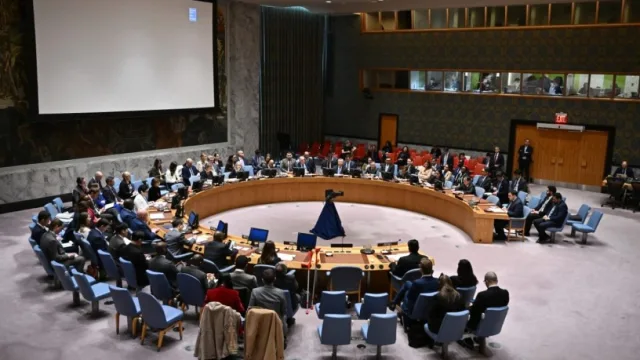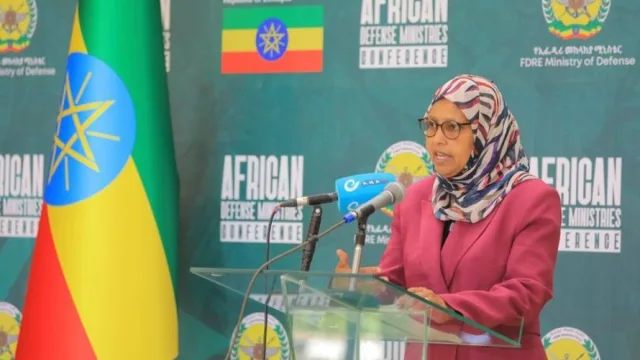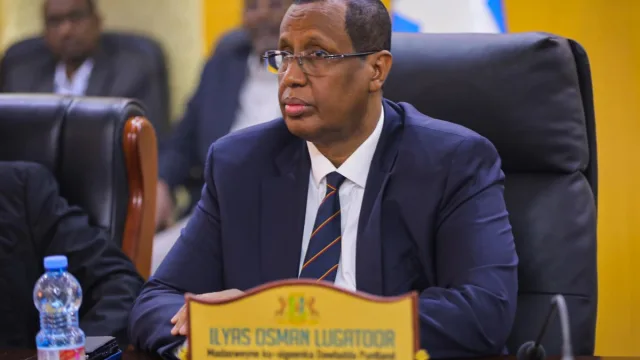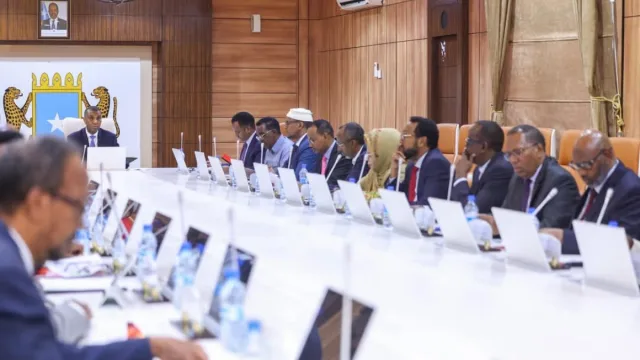With hundreds of new Somali refugees arriving daily at the congested and overcrowded Dadaab refugee camps…
 With hundreds of new Somali refugees arriving daily at the congested and overcrowded Dadaab refugee camps in northern Kenya, incumbent refugees are going around the camp with loud-hailers appealing for help for the newcomers, most of whom lack food, clothes, and blankets.
With hundreds of new Somali refugees arriving daily at the congested and overcrowded Dadaab refugee camps in northern Kenya, incumbent refugees are going around the camp with loud-hailers appealing for help for the newcomers, most of whom lack food, clothes, and blankets.
“As the numbers [of new arrivals] kept increasing and more people kept coming, we decided to organize and pool our efforts,” Abdiwali Hussein Mohamed, a member of the refugees’ committee, told IRIN.
“We must do what we can, even if it is one pair of shoes.”
The new refugees arrive in a deplorable state, Mohamed said. “In some cases, they can barely stand up; the children look so weak they are not even playing. Some are barely clothed, with no shoes.”
Mohamed, a resident of Dagahaley camp in Dadaab since 1994, said: “When we arrived, we were not in good shape but got help immediately and we were not in as bad a condition as these people are and they are not getting much help.”
To cope with the influx, the UN Refugee Agency, UNHCR, had by 6 June opened three emergency centres in Dadaab.
“Since then, a further 27,000 people have approached the reception centres at these sites,” the agency said in a statement on 1 July.
Donations sought
According to a Radio Ergo reporter, a group of religious, youth and women’s representatives are moving around the camp with a loud-hailer urging people to donate whatever they can.
In 2007, Kenya closed its border with Somalia but this has done little to stem the tide of new arrivals.
UNHCR said at least 61,000 Somalis had sought refuge in Kenya since the start of 2011. By end-June, Dadaab’s population had passed 370,000, the agency added. The three camps in Dadaab – Ifo, Hagadera and Dagahaley – were initially established to accommodate 90,000 people.
As more and more people arrive in Dadaab, others are reported to be waiting at the border on the Somali side, say the new arrivals.
The Radio Ergo reporter said the majority of those arriving were from Gedo, Bay, Bakol, Middle and Lower Juba regions of southern Somalia, driven by drought.
The Horn of Africa region is experiencing what has been described as the “most severe food crisis in the world today”, with at least 10 million people affected in Djibouti, Ethiopia, Kenya, Somalia and Uganda, according to the UN Office for the Coordination of Humanitarian Affairs (OCHA).
The situation in southern Somalia has been made worse by the fact that the Islamist Al-Shabab group, which controls most of the area, has not allowed aid agencies access to vulnerable populations.
Longest journey
Some of the new arrivals have walked for days to reach Dadaab and have lost relatives on the way to hunger and lack of water, several refugees told IRIN.
Mohamed Abdshir came from the town of Sako, in Middle Juba, with 30 others. He said his agro-pastoralist community had lost most of their livestock and their farms were dry. “There is not one stalk of maize. It is so dry you are lucky if you get water to drink.”
Abdshir said that on the long trek to the Kenyan border, five relatives died. “They were all children,” he said. “Throughout our journey we came upon many people burying their dead.”
Khadra Abdirahman, 30, mother of four, has donated clothes and food to the new arrivals.
“I did not think there were people worse off than me until I saw the new refugees,” she said.
Abdirahman and her neighbours contributed whatever little they could. “We decided that if you have a kilo of maize, sugar, or anything else, you give half.”
She said they are still collecting goods and would continue to do so until the new refugees were settled.
“They have no place to sleep and nothing to eat; I know what it feels like when you have nothing to give to your child,” Abdirahman said.
Source: IRIN





